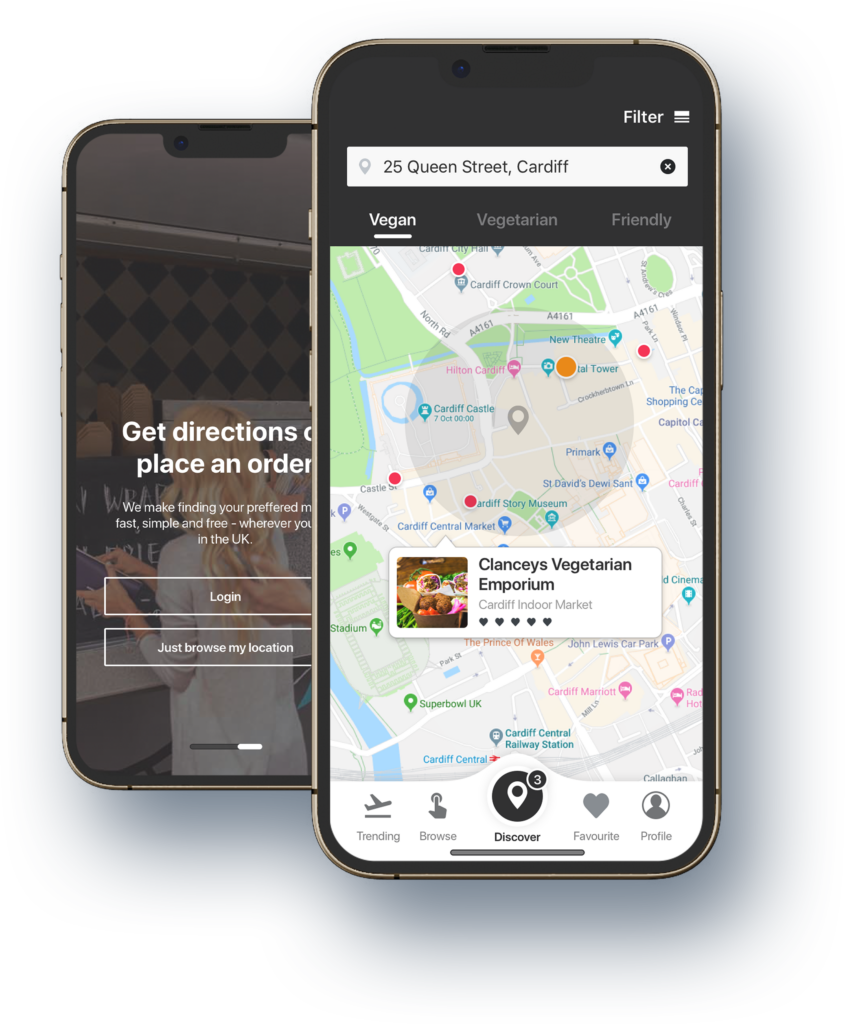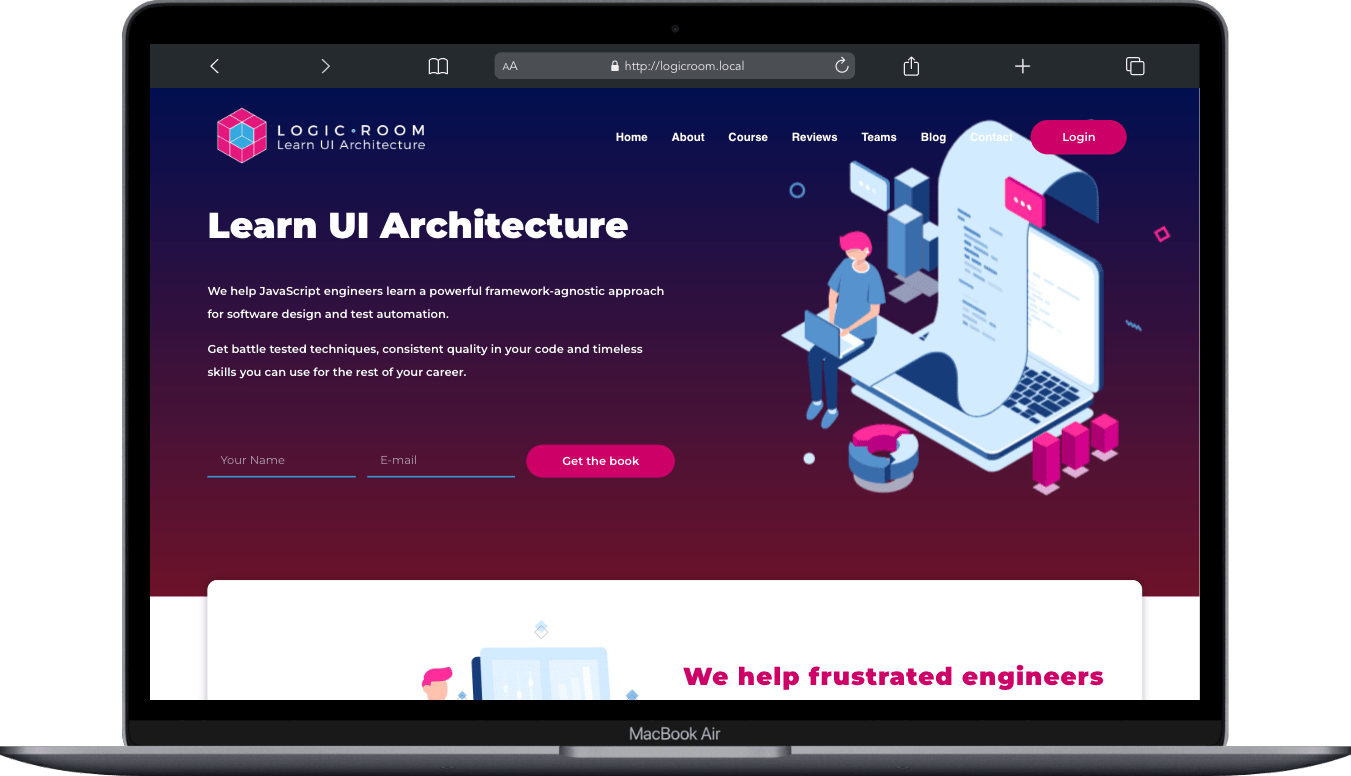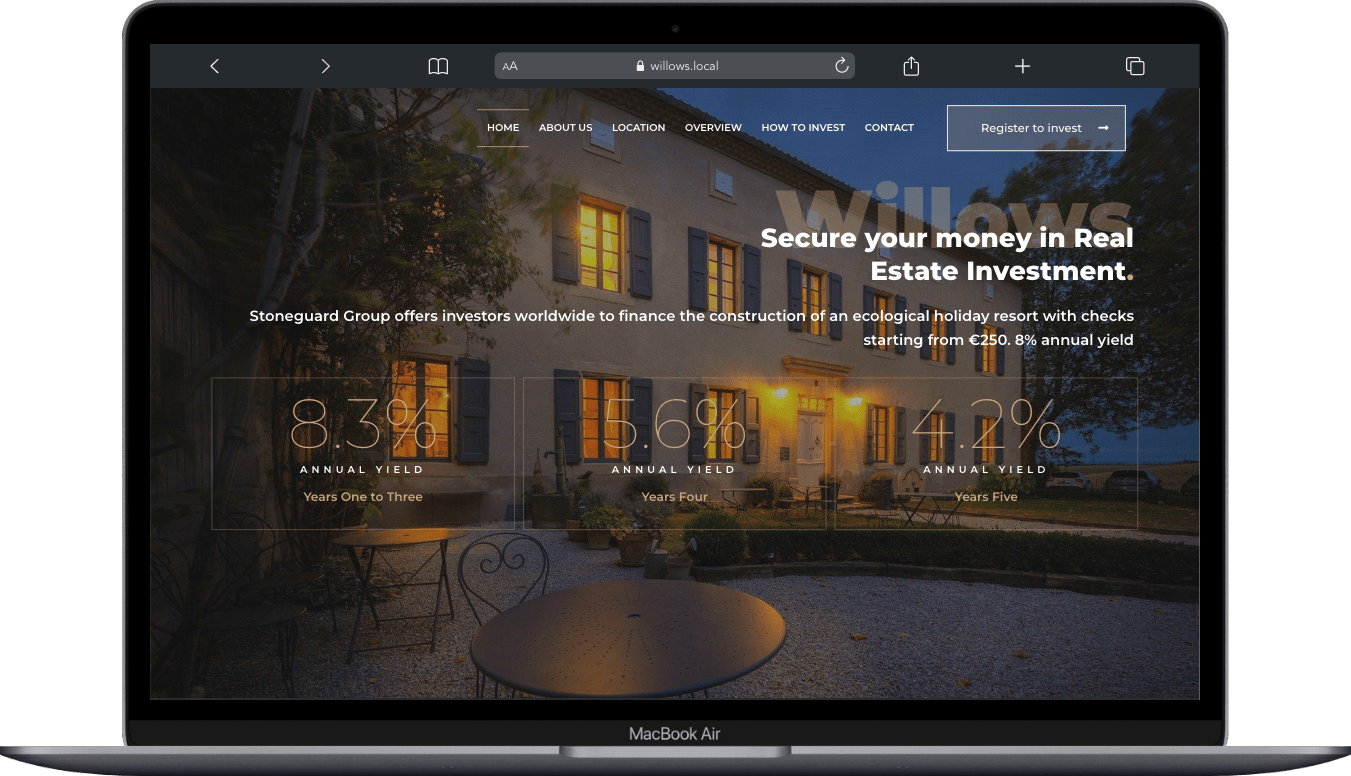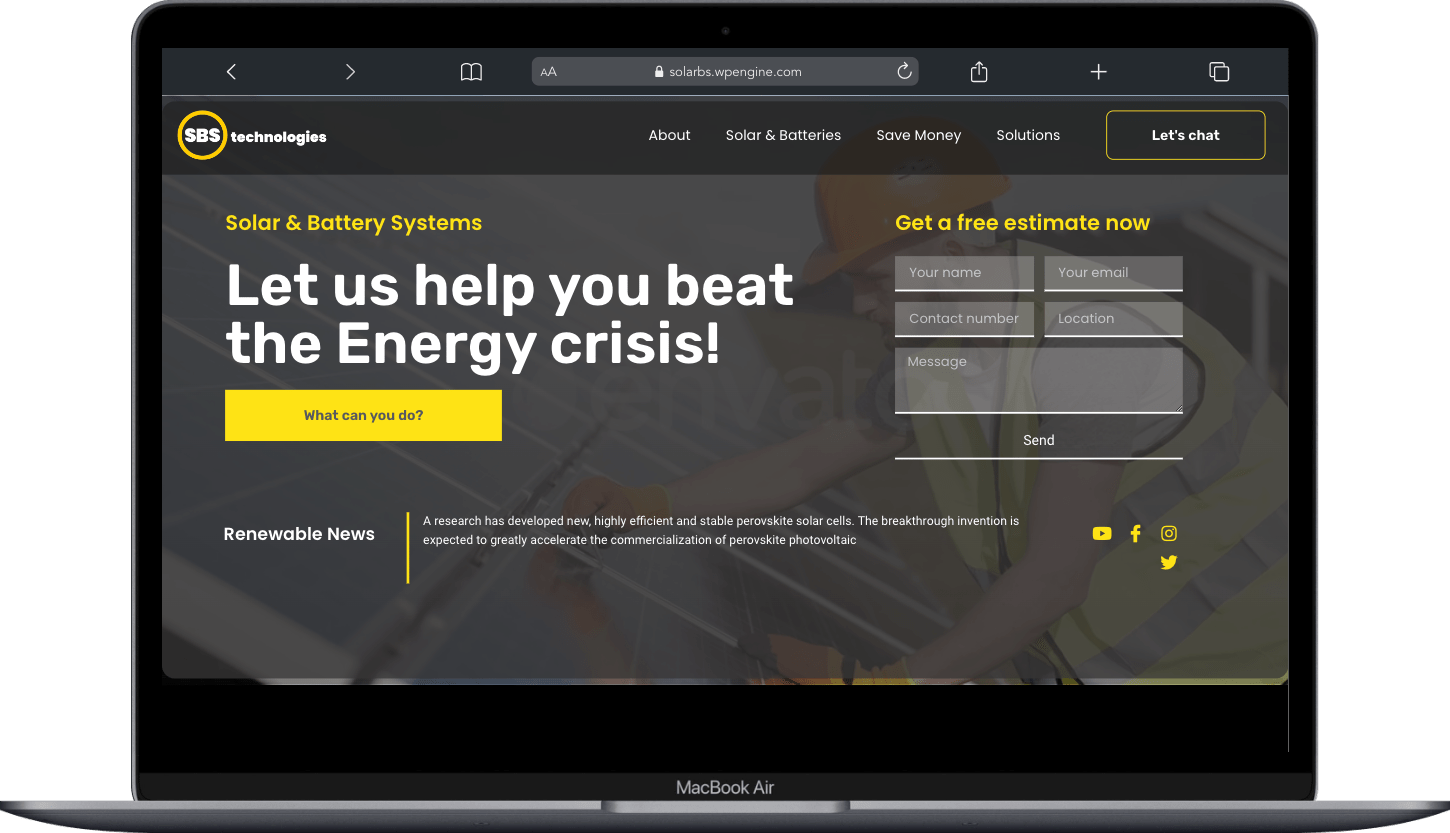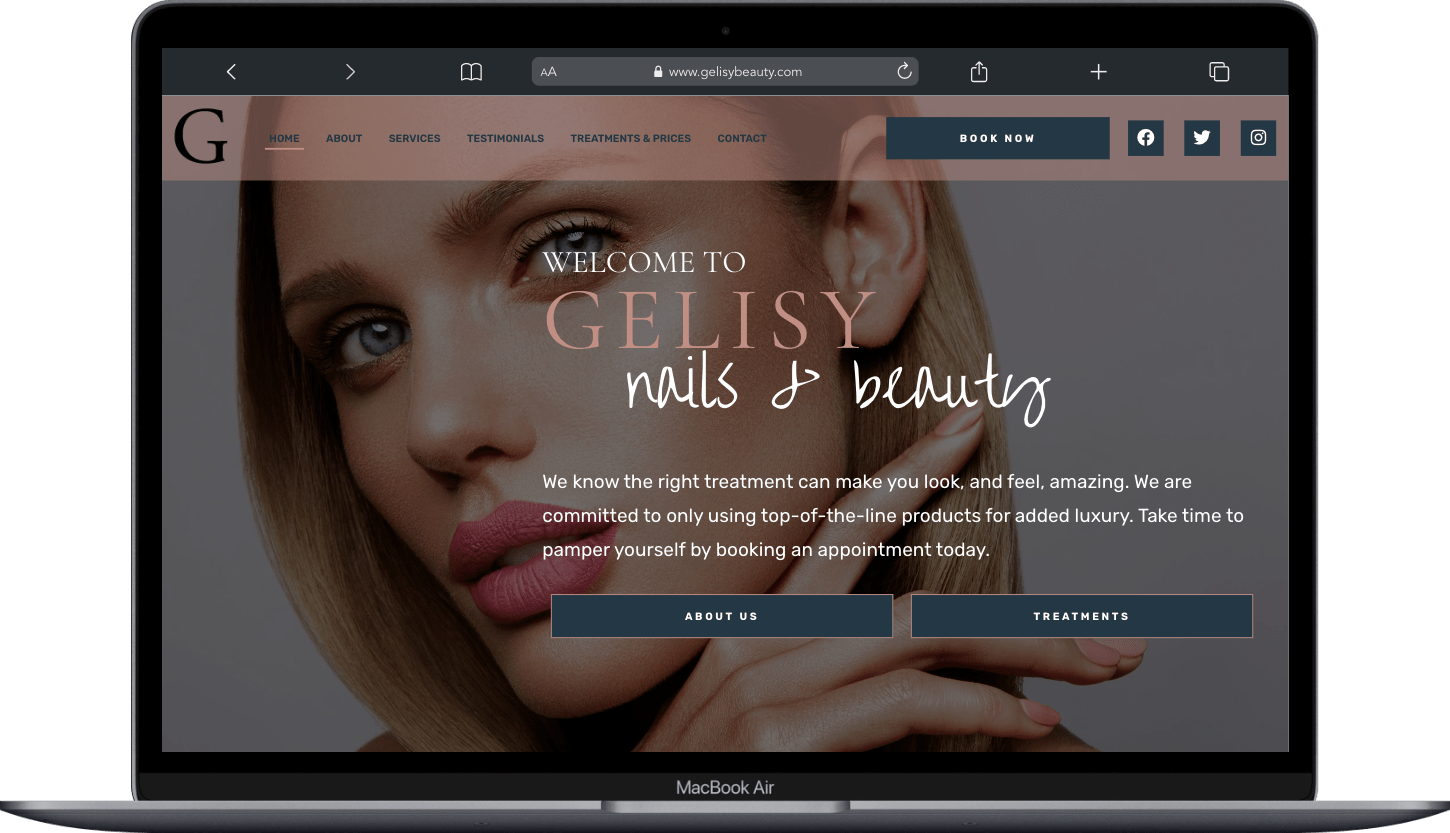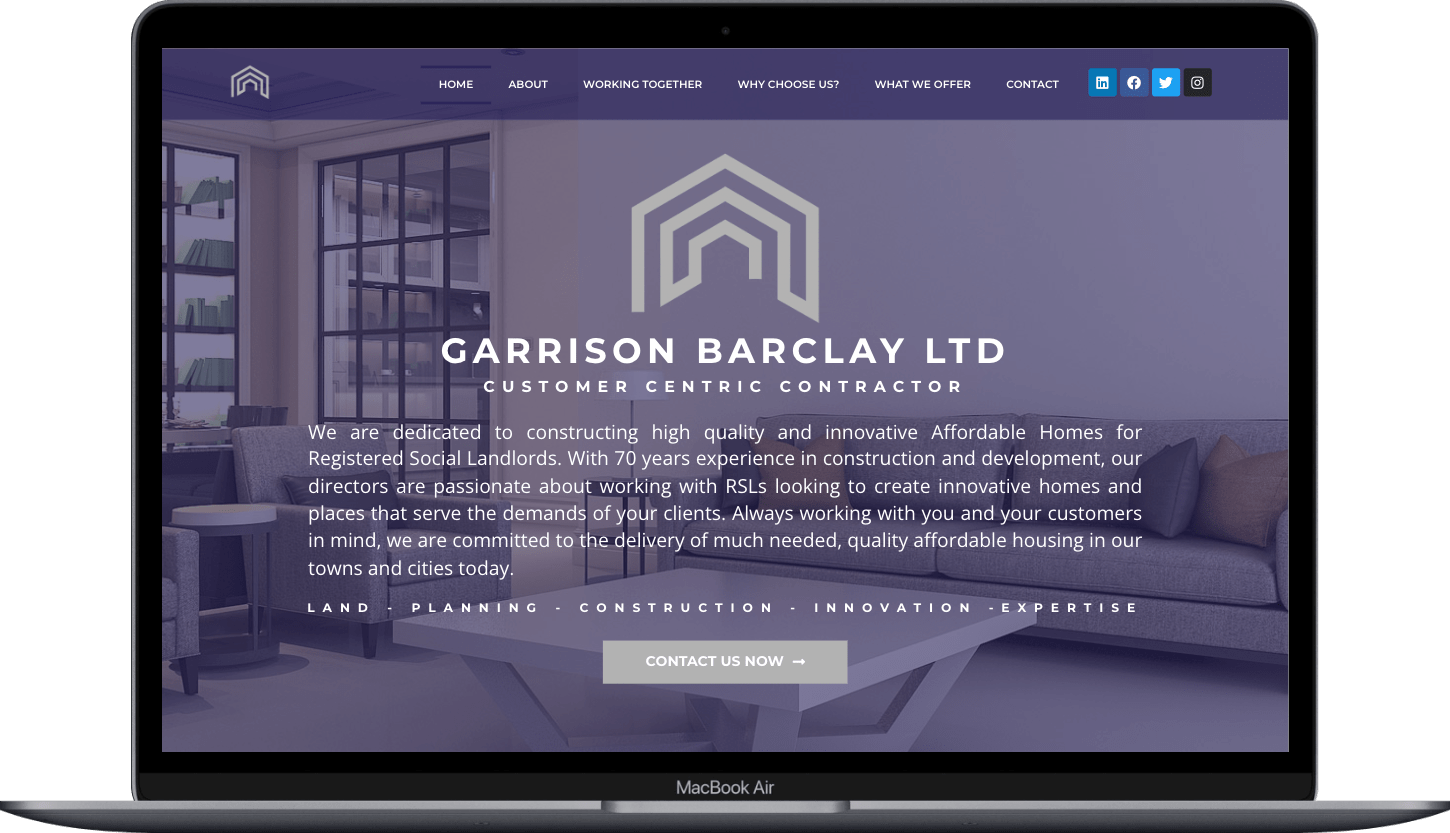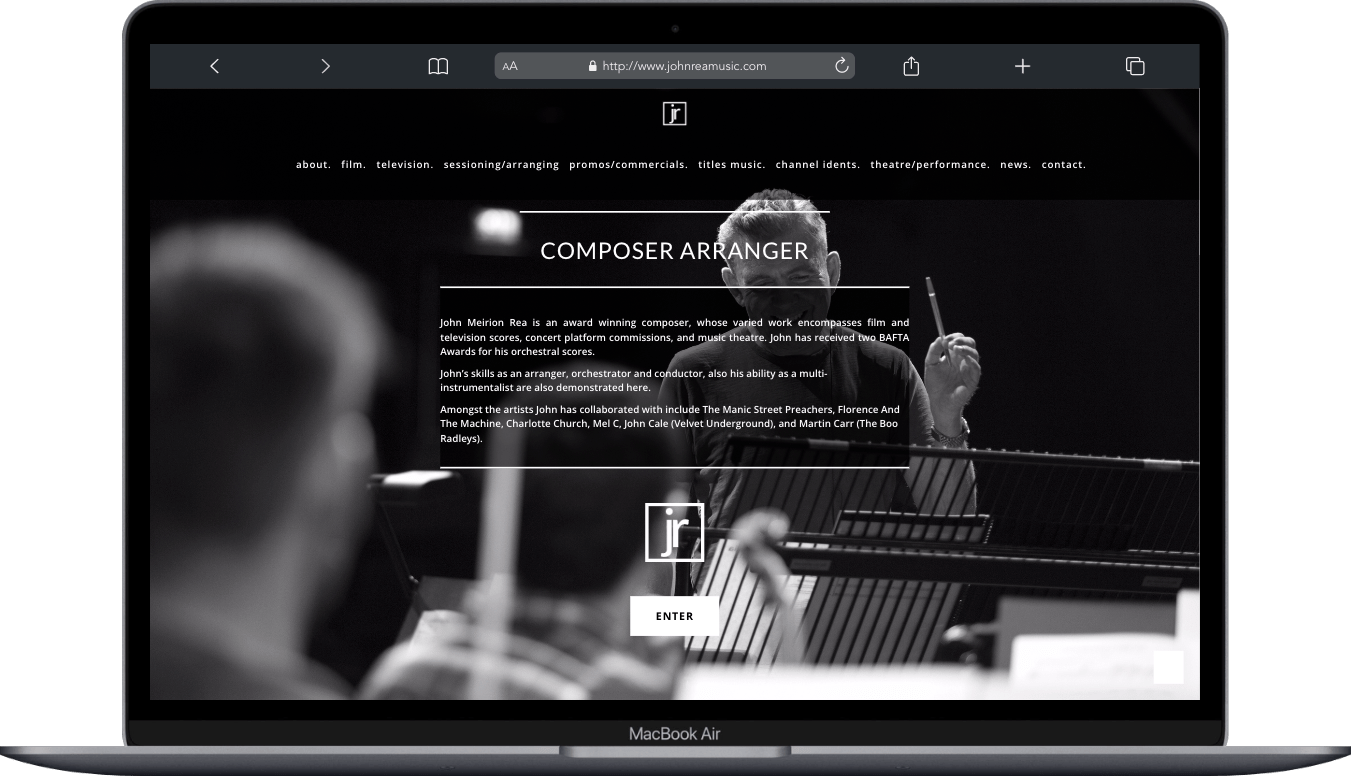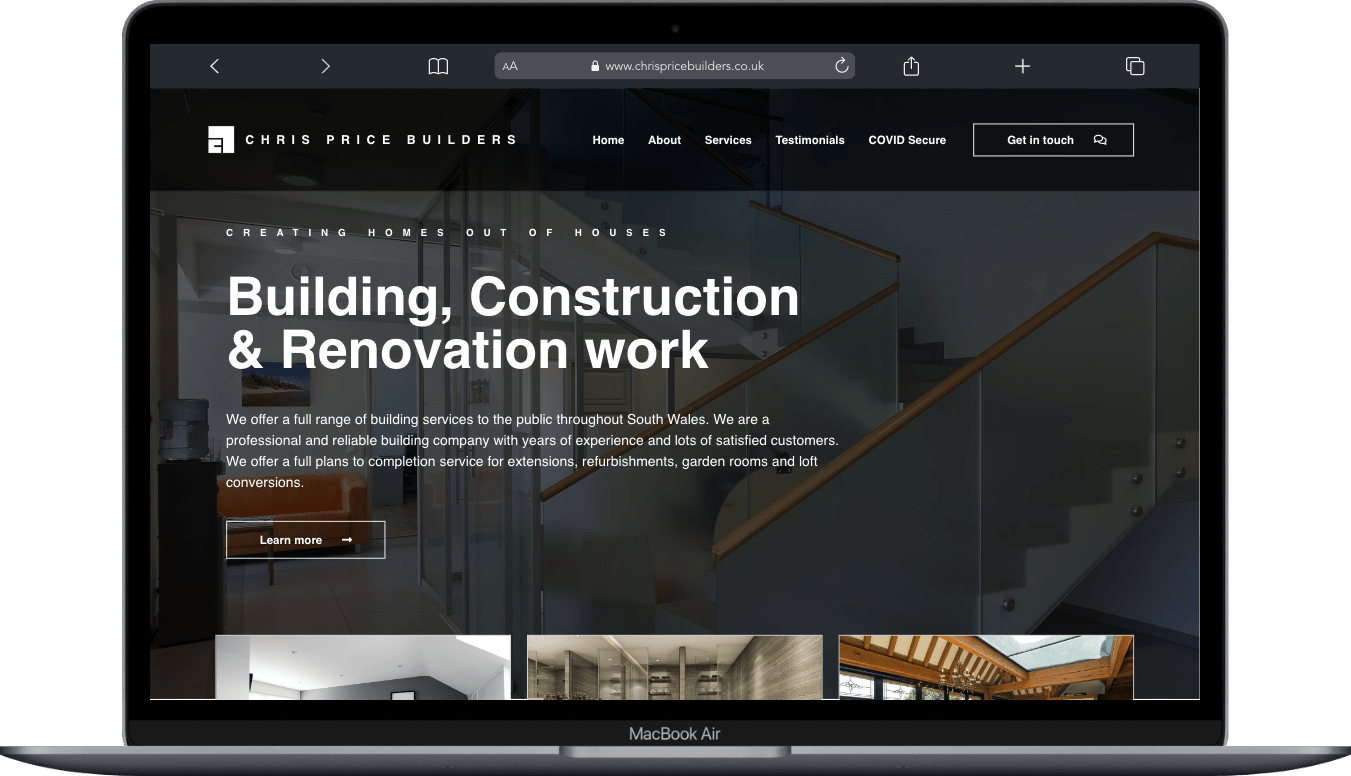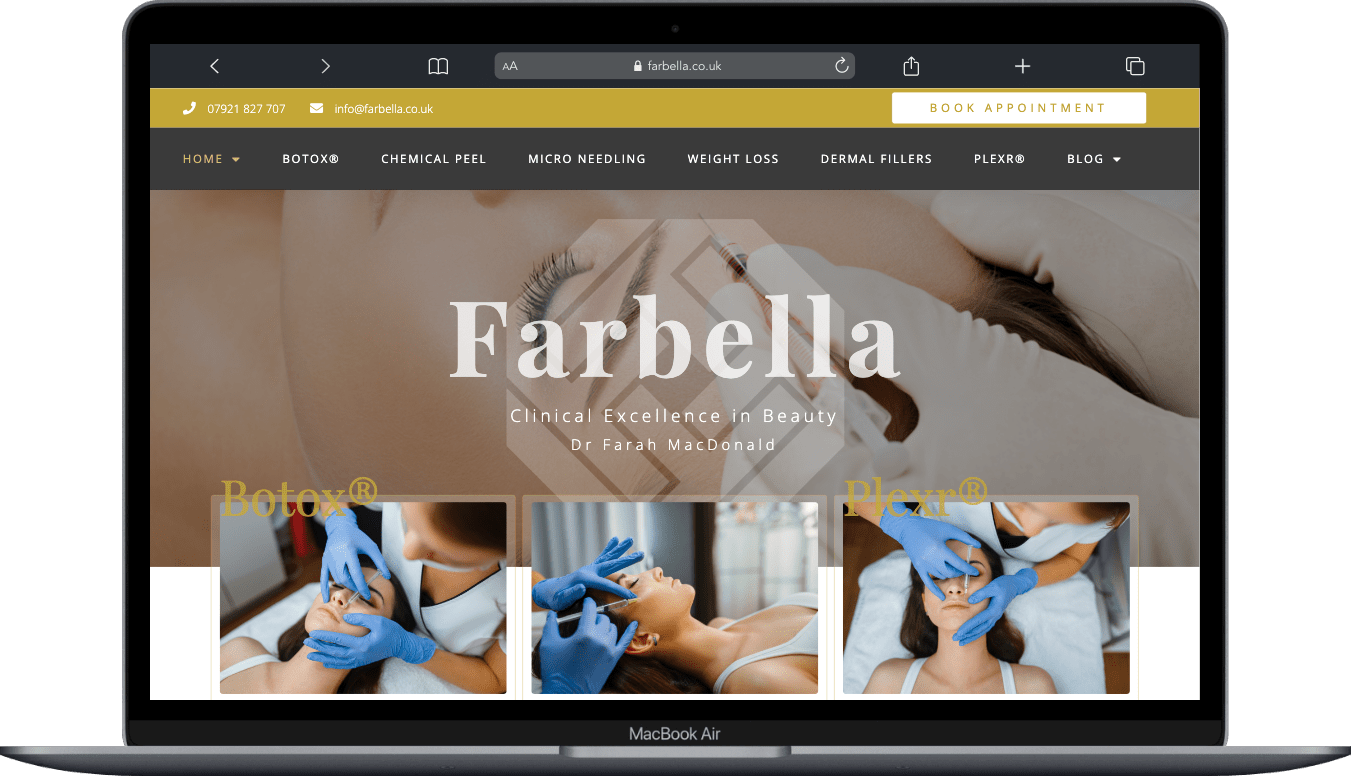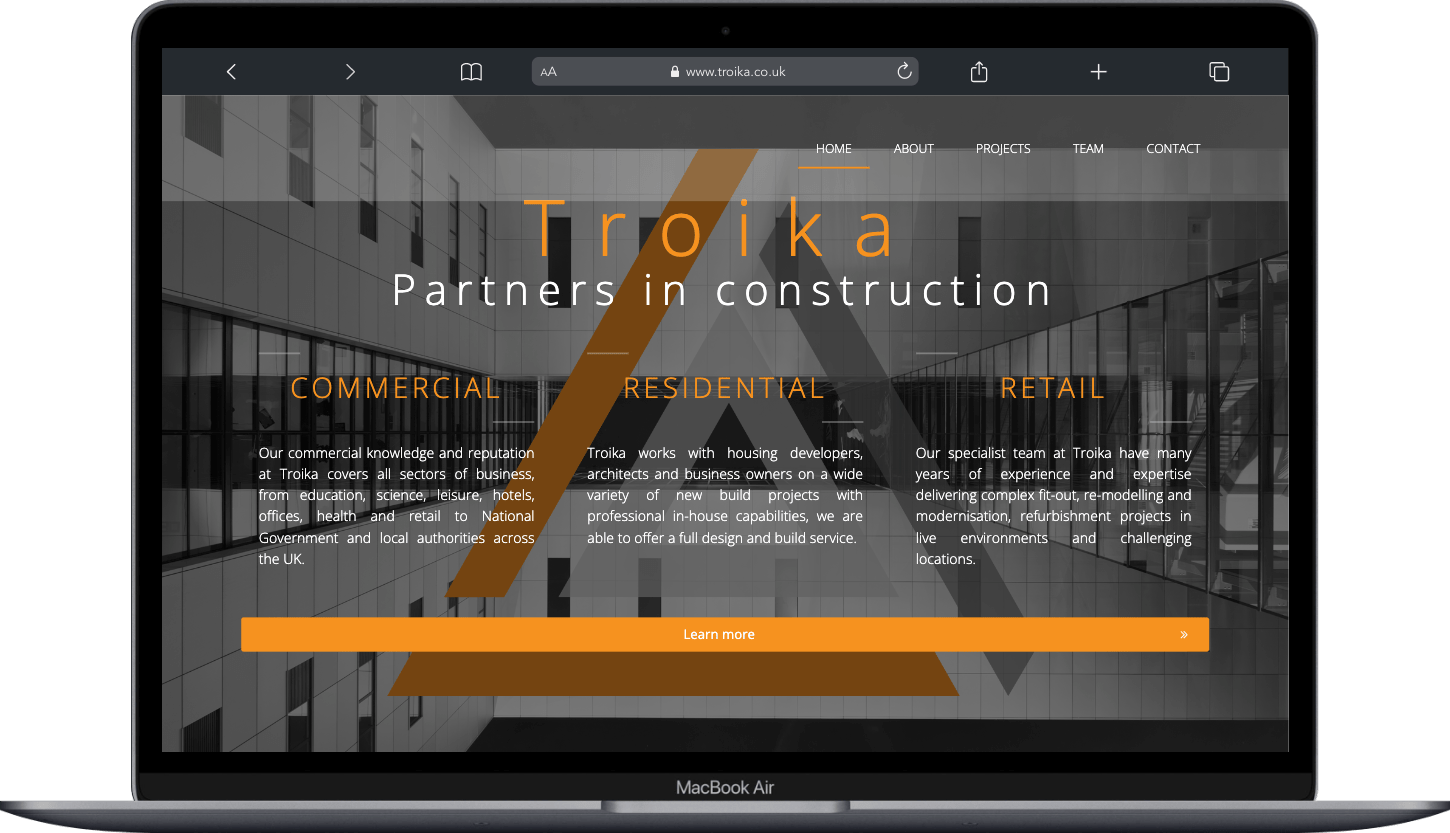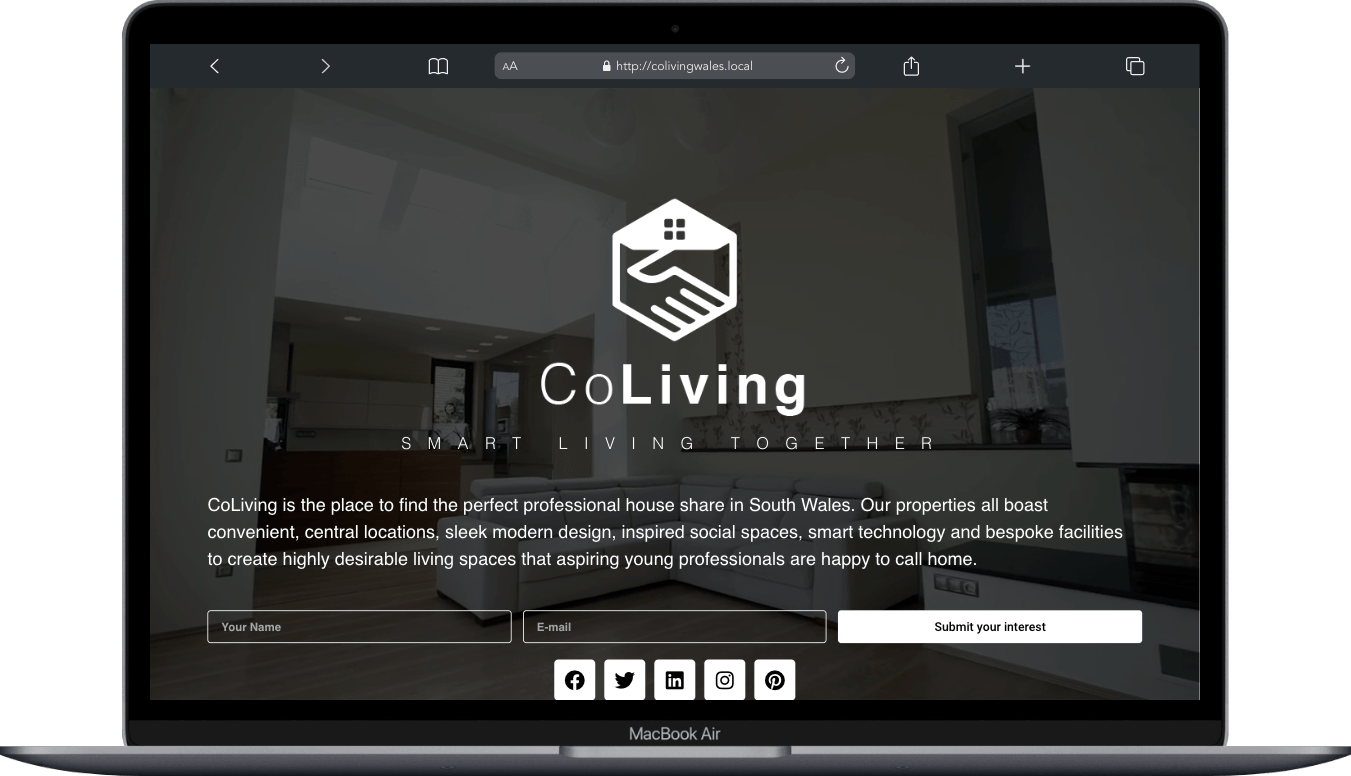User Experience Design
Process.
I use a tried and tested technique called “The Double Diamond”, a visualization of a creative process, or a design sprint, and allows any UX designer to understand and respond to the users’ needs.
Developed by the British Design Council in 2005, and developed internally to unite and visualize creative processes from a wide variety of fields.
